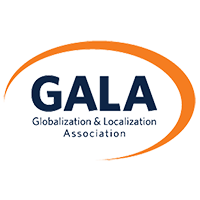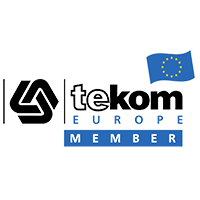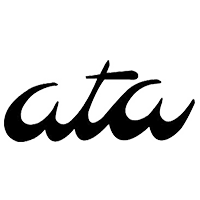Thinking Outside the Box with QA Checkers
When travelling or surfing the internet, we always seem to stumble upon a translation that went wrong. From warning signs like “slip carefully” to advertising ads such as the infamous “nothing sucks like an Electrolux”, it seems these types of mistakes are endless. For industries such as Life Sciences, getting it wrong does not come into play. A wrongly translated value can lead to a wrong dosage being administered to patients, creating life-threatening situations.
At Argos, we use QA tools to catch those errors often missed by the human eye, at the same time, reducing the time taken to perform final in-house QA by anything up to 70%. There are two main advantages of using such a tool: its compatibility with different file formats and the possibility to enhance the tool using customizable features. Taking the standard technology to the next level, we have created client-specific checklists tailored to our client’s needs.
So right now you are probably thinking, why we have gone to all the trouble to manually create such checklists for each of our clients?
When using this tool in its default mode, we are able to catch incorrect numerical values, inconsistencies within the bilingual document and check adherence with approved glossary terms. But this is not enough for us in our pursuit of flawless quality and there are still things that are surprisingly not possible to detect in default mode, so to counteract this, we have created a client-specific rule base.
A great example of our personal customization is when there are two or more possible translations for a single source word. Take the word “low”. When translated into French, it can be either “faible” or “bas”. By default, the glossary adherence checks for the presence of something (i.e. whether or not both terms are present), whereas our customized terminology adherence checks for the absence of something (i.e. whether or not both terms are absent). In this way, only a genuine error in the file will be reported as all of the possible translations are absent. We put such a focus on removing false positives, that even inflectional endings do not cause unnecessary entries in the QA report. With no false positives, it means we can apply this terminology check to high fuzzy matches where diametrical term pairs (‘high’ vs ‘low’, ‘long’ vs ‘short’) are often mixed by the CAT tool and not picked up by the translator/reviser thus solving a long-standing, industry-wide problem. We are also able to ensure the correct units of measurement are present in the target and contain the correct capitalization. Quite simply, this is the most advanced and precise method of terminology adherence within the industry.
Automated QA tools are fundamental to support final linguist checks. Our ability to discover a way in which to enhance the program individually for each of our clients has proven to be very effective and time-efficient. By eliminating errors, which are often missed by the human eye and default-only QA tools, we have revolutionized the way we perform quality assurance here at Argos.




